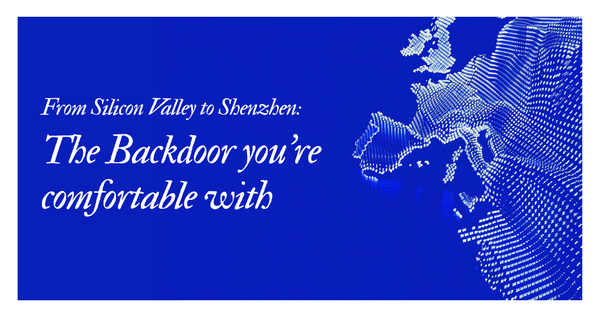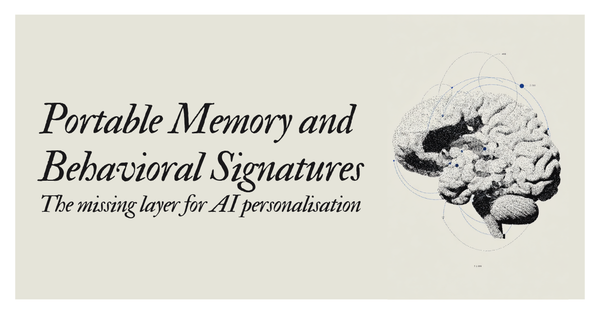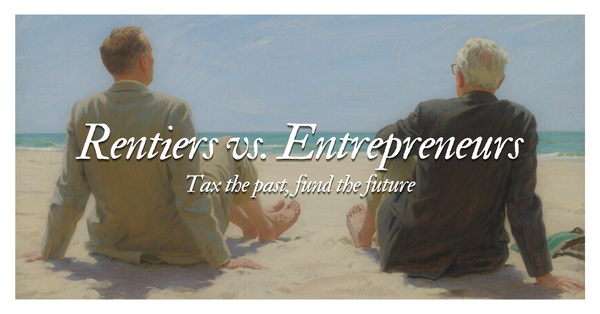Accelerated Hardware, Accelerated Careers: The GPU-Driven Talent Shuffle
Amidst an AI boom, researchers are weighing academic careers against entrepreneurship. GPU shortages and the need for real-world problem-solving are influencing their decision, pushing more towards corporates and startups.

In the wake of the current AI boom, a growing number of researchers are standing at a crossroads. Having honed their skills in Computer Science, Machine Learning, Physics, or Statistics, many during rigorous PhD programs, these researchers are now considering a significant pivot: starting their own businesses. Over the past year, I've chatted with numerous researchers who are thinking about making this move. Some have made the jump, others haven't.
This entrepreneurial shift is unfolding against the backdrop of a significant industry challenge: GPU shortages. As researchers navigate their career paths, the availability of essential tools like GPUs is becoming a critical factor in their decision-making process. Will the scarcity of accelerated hardware drive more startup creation? Given the frequency of these conversations and the critical role of compute availability in those conversations, it's high time I opened up this conversation publicly here.
Quick lay of the land
Let's kick it off with a quick snapshot of where most researchers are hiding. If you're a researcher today, you're probably sitting in either of the 4 categories below:
- University: You are conducting research within a university sitting in a department that could be publicly or privately funded.
- Public-Private Research Institutes: You are working in a publicly or privately funded non-profit research lab.
- Private Research within a company: You are working within a for-profit company whose core business isn't research but has a high R&D spend.
- Startup: You’re working within a venture-backed startup, conducting deep research which could materially impact the trajectory of the business.

From chalk boards to board rooms
Until recently, these last 2 options (private research within a company or a startup) weren't considered as highly by researchers. A few years back, and arguably still today to some extent, folks in academia would have despised the idea of conducting research for a business with financial motivations. Over the past 10 years, spurred in Europe by the acquisition of Deepmind and the start of Meta’s FAIR team, private labs have acted as the much-needed glue between public academia and corporates on a continent which has historically been lacking in public-private partnerships. The second order effect of those partnerships has been their ability to create links between fundamental research and entrepreneurship.
Fast-forward to 2024, the career options for researchers are plentiful but can all be tied back to a simple objective:
- Work on hard problems: I'm convinced that the first reason researchers get excited about research is the prospect of working on hard, challenging problems.
- With top minds: If they can do this within a subset of peers they admire and respect, even better.
- Backed by sufficient funding: sounds silly I know, but you need to make money or have funding to keep the lights on. 🫣 If you aren't in a research lead position, you're rarely exposed to the reality of keeping food on the table for your team to continue their research work.
The Compute Crunch
As career opportunities diversify, this third point around funding is particularly exacerbated by the compute crunch. Availability and affordability of computational resources is front and center. This constraint isn't just a minor obstacle. It is a defining factor in the feasibility and scope of research projects, even more so in the world of computationally expensive research in Generative AI.
For folks in the data field, this brain drain towards labs with more compute started with computer vision close to 10 years ago. Fresh graduates started to notice this more vividly about 4 years ago with the GPT-3 release and the ChatGPT moment has only accelerated this trend further:

If you're an AI/ML researcher, you've probably acutely felt those constraints as an individual contributor but even more so as a team lead/manager. This topic of compute is so top-of-mind that it is impacting hiring in startups and academia very tangibly. The compute capabilities are front and center in hiring conversations:
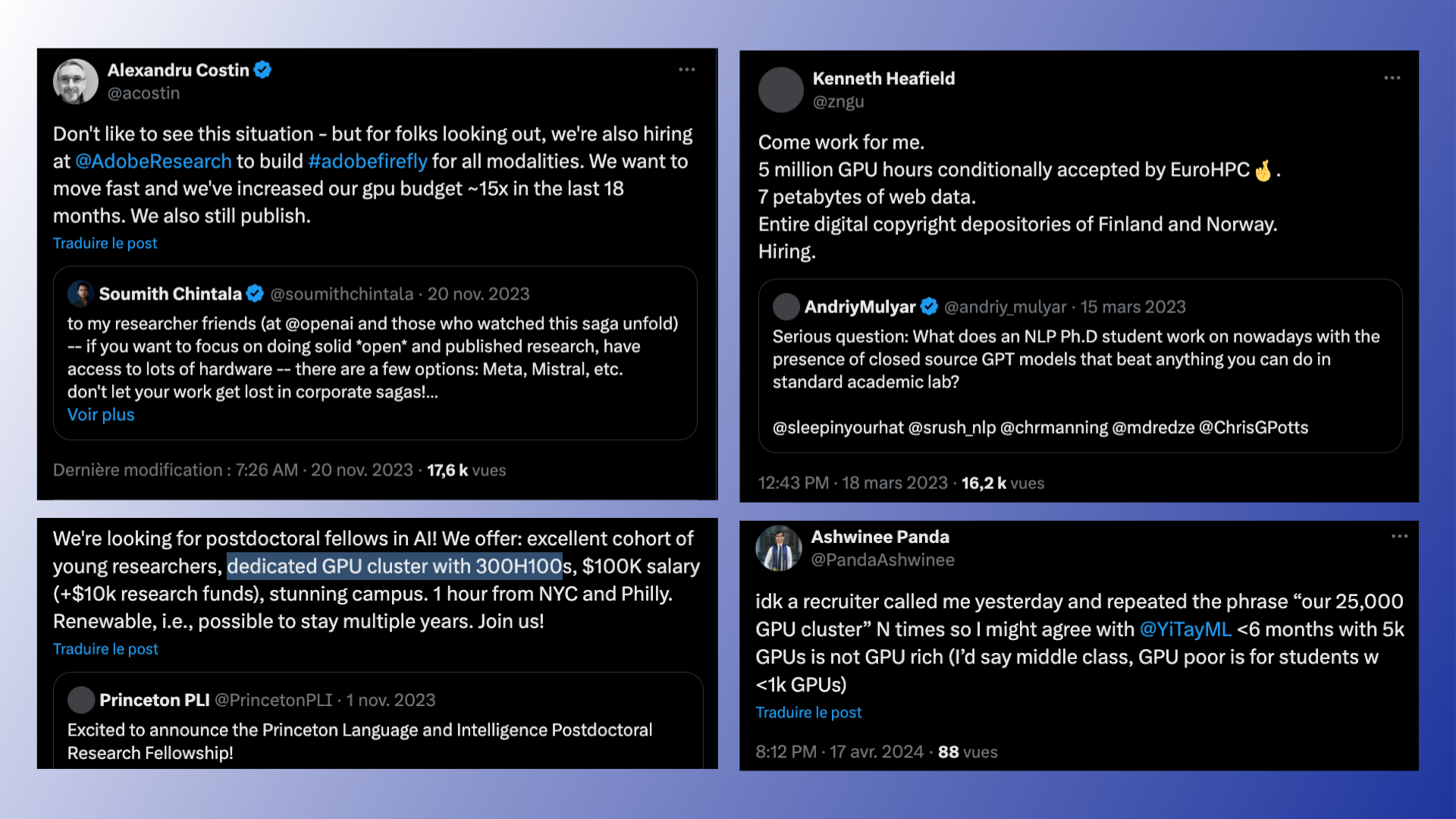
No later than this week, Fei-Fei Li was highlighting the risk of public academic research falling behind:
The "contrast" Fei-Fei Li references is a 5000x+ difference to Meta's 350k GPU cluster announcements.
Does your *university* nlp/vision/ml lab have more or less than 64 A100 and 100+ other GPUs?
— Lucas Beyer (bl16) (@giffmana) May 11, 2024
Startups are now strategically calculating how many GPUs they can allocate per researcher, recognizing this as a critical hiring factor. A compute-constrained team is a team that risks a slow death as researchers will start looking elsewhere... i.e., environments less constrained by compute. Yes, you can totally conduct research with limited compute (model optimisation and evals/benchmarking are two strong examples), that's not what I'm talking about here.
Until recently though, research wasn’t constrained by budgets per se. Corporates had varying levels of hunger to invest in research depending on their technical savviness and R&D spend. For them, it was more about carrying research, creating optionality and making the maths work. “Oh there’s this area that we’d like to explore, it could yield some results and have interesting applications in our line of work. It could...” On the research side, the funding has come from governments for years. In France, the CIFRE and CIR initiatives have gained traction over the past 40 years and driven a favorable collaboration across the corporate and research worlds. Over 70% of CIFRE doctoral students join or continue their professional careers in the private sector, compared with less than 50% of all doctoral students. Additionally CIFRE recipients tend to last longer in research roles (70% after 5 years vs 20% of all PhDs). We’re seeing the early dividends of this work in our 🐓🇫🇷 startup bubble and the government understands that incentivising private research initiatives is key.
The upward trend of PhDs working in industry
"In 2020, nearly 70% of AI Ph.D. holders were recruited by industry, up from only 21% in 2004". The Brookings Institute has published fascinating work on the growing role that industry is playing in recruiting AI PhDs until 2020. A 2024 update would certainly show continued growth, if not accelerated growth.
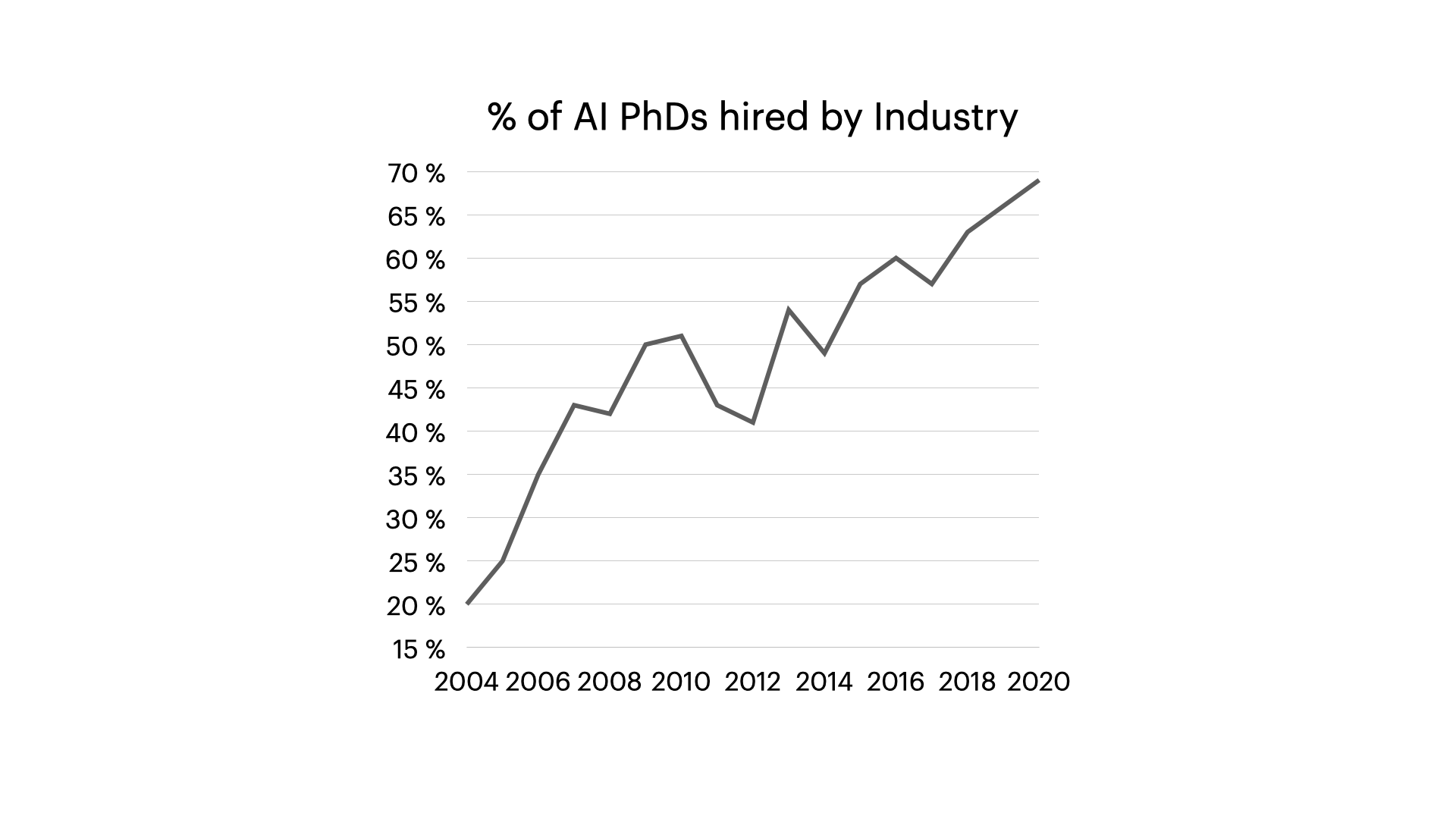
If you look at who is aggressively purchasing compute today, large listed companies are leading the charge. Keep in mind that these resources are then spread across hundreds, if not thousands, of employees in those large orgs.

Compute constraints coupled with the increasing trend of Industry-led AI research are acting as catalysts pushing researchers to consider entrepreneurial paths more than they've ever done before. How real is this entrepreneurial itch of researchers though? We'll address this next week in part 2! If you enjoyed this piece, don't forget to -morphs into youtube influencer- smash that like button and hit subscribe.
If you're a researcher that is going through this process, don't hesitate to reach out to chat it through! Additionally, if you're looking to join a team that has compute, is doing frontier research and is contributing to open source, Mistral is hiring in their science team...

